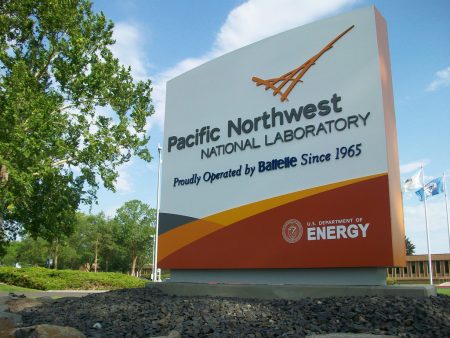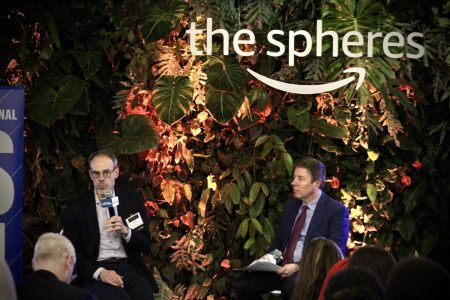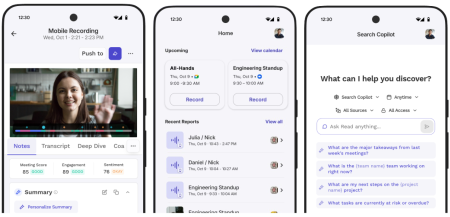Amazon Expands Return Options with New Goodwill Partnership
In a move that adds convenience for customers while leveraging existing retail spaces, Amazon is unveiling return kiosks throughout Goodwill stores across the Seattle region. This expansion represents Amazon’s strategic effort to build a more comprehensive return network beyond its own brick-and-mortar locations such as Whole Foods, Amazon Fresh, and Amazon Go stores. All 21 Evergreen Goodwill of Northwest Washington locations across five counties will feature these kiosks by the end of the month, with several already operational. The partnership exemplifies how e-commerce giants are addressing the logistical challenges of returns while creating mutually beneficial relationships with traditional retailers—Amazon extends its physical footprint without real estate investments, while Goodwill gains increased foot traffic and potential customers.
The return process at these new kiosks maintains Amazon’s streamlined approach to customer service. Upon entering a participating Goodwill location, shoppers will notice signage directing them to the kiosk, typically positioned near cashier stations. The self-service experience follows Amazon’s established protocol: customers scan a QR code sent by Amazon, place their item in a provided plastic bag (no shipping box required), attach the printed label, and deposit the package through a hatch into a collection bin. What makes this particular implementation unique is the immediate reward—after completing the return, customers receive a 20% off coupon for Goodwill purchases, creating an incentive to browse the store’s merchandise. The kiosk also gathers data by asking users about their shopping habits and intentions, helping both companies understand the effectiveness of this partnership.
This Goodwill collaboration builds upon Amazon’s existing third-party return partnerships with retailers like Kohl’s and Staples, all part of a broader strategy to make returns more convenient while controlling costs. For Amazon, these arrangements reduce the expenses associated with processing returns while extending the company’s physical presence without the need to acquire additional real estate. As Amazon stated, “We continue to improve our seamless returns experience and offer more convenient drop-off locations.” The company now boasts that four out of five customers in the United States have a return drop-off location within five miles of their home, and offers free returns on most items delivered within the country—a significant customer service advantage in the competitive e-commerce landscape.
For Goodwill, the partnership brings valuable foot traffic that can translate into donations and sales. “When customers visit our stores to return packages, they also have the chance to donate or shop,” explained Alyssa Grigg, senior director of marketing and communications for Evergreen Goodwill. This arrangement is particularly beneficial for customers in rural areas with fewer return options, helping Goodwill extend its community service while potentially introducing new shoppers to their mission and merchandise. During a test of the system at the Redmond, Washington Goodwill location, the strategic placement of the kiosk near holiday displays and the immediate coupon offer effectively encouraged exploration of the store, including merchandise with local connections like Microsoft-branded clothing—a fitting find given the store’s proximity to Microsoft’s headquarters.
The expansion of Amazon’s return network comes at a time when online retailers are increasingly concerned about the rising costs associated with returns. According to data from the National Retail Federation and Happy Returns, the average return rate for online purchases reached 16.9% in 2024, with total returns projected to hit a staggering $890 billion that year. These figures highlight why Amazon continues to innovate in this area—returns represent a significant expense and logistical challenge for e-commerce businesses. While some companies have begun charging fees for returns to offset costs, Amazon appears to be taking a different approach by creating an extensive, convenient return network that maintains customer satisfaction while controlling operational expenses through strategic partnerships.
As online shopping continues to dominate retail, the ability to manage returns efficiently becomes increasingly critical to maintaining profitability and customer loyalty. Amazon’s partnership with Goodwill represents a thoughtful solution that serves multiple objectives: it provides customers with convenient options, gives Amazon cost-effective return processing, increases traffic to Goodwill stores, and even promotes sustainability by connecting the return process with an organization known for reuse and recycling. This approach demonstrates how well-designed partnerships can address business challenges while providing social benefits—a model that other retailers may look to emulate as they confront their own return management challenges. As this network expands, it may further cement Amazon’s reputation for customer convenience while creating valuable relationships with community-focused organizations like Goodwill.















